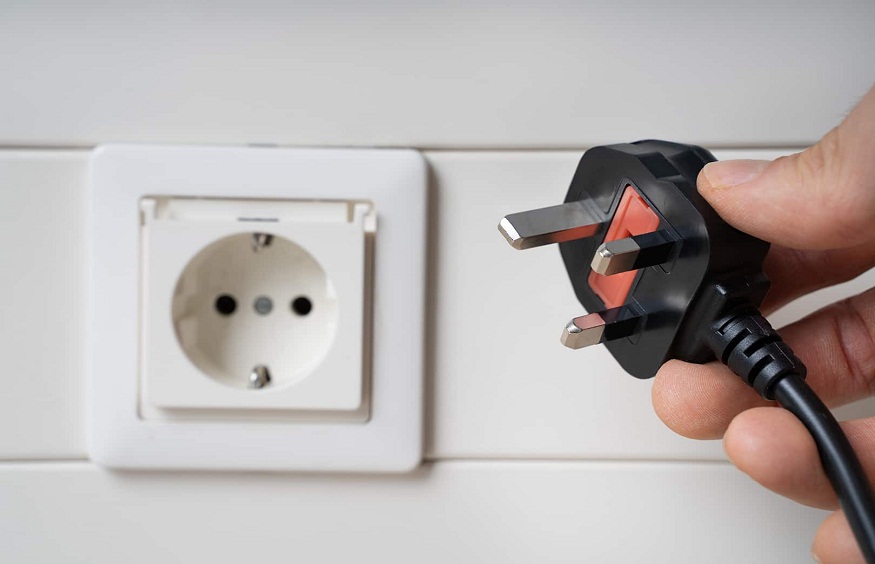674 Views
When planning your home’s electrical setup, determining the right number of outlets in each room is essential for both functionality and convenience. Too few outlets can lead to a messy web of extension cords, while an optimal number keeps everything powered and well-organized. Here’s a room-by-room guide to help you decide how many electrical outlets you need and why modular switches can enhance your setup.
1. Living Room
- The living room is typically a high-traffic area for both family activities and entertaining guests. A standard setup may require outlets for your TV, gaming console, lamps, and audio equipment. Aim for at least 4-6 outlets in this room, depending on the size and layout. For added convenience, modular switches can be installed to control multiple devices like lighting, fans, and even types of fans (ceiling, standing, or wall-mounted) for flexible cooling options.
- Tip: Consider outlets near seating areas for phone chargers or table lamps to create a cozy, functional environment.
2. Kitchen
- The kitchen requires more outlets than most other rooms due to the variety of appliances. Include at least 6-8 outlets for small appliances like blenders, microwaves, and coffee makers, along with additional outlets for large appliances. Since kitchens can get hot during cooking, modular switches are useful for controlling exhaust fans or ventilation systems to cool your room
- Tip: Plan for at least one outlet along each countertop to make meal prep easier and avoid overcrowded outlets.
3. Bedroom
- Each bedroom should have at least 3-4 outlets to accommodate bedside lamps, alarm clocks, chargers, and possibly a TV. For added comfort, consider outlets for different types of fans or portable air coolers to keep the room comfortable.
- Tip: Modular switches in the bedroom can let you control lights, fans, or even your air conditioning from a convenient central point, adding both luxury and functionality.
4. Bathroom
- For bathrooms, prioritize outlets for hairdryers, electric toothbrushes, and other personal care appliances. A minimum of 2-3 outlets near the sink is generally sufficient, but ensure they are safely protected against moisture.
- Tip: Consider installing a modular switch to control the exhaust fan or bathroom heater, creating a comfortable environment while keeping humidity in check.
5. Home Office
- In a home office, at least 3-5 outlets are essential for computers, monitors, printers, and other office equipment. Additional outlets can be useful for charging devices or using lamps.
- Tip: If you spend a lot of time in your home office, consider ceiling fans or standing fans with modular switch control to help cool your room efficiently without disrupting work.
Final Thoughts
When planning electrical outlets, think about both current and future needs. The right number of outlets enhances your home’s convenience and reduces the need for extension cords. By incorporating modular switches and outlets thoughtfully, you can create a safer, more comfortable home that’s ready for modern living.

